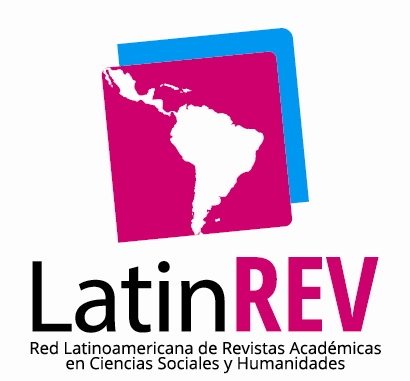The hallucinatory experience: Sartre and the imaginary body
DOI:
https://doi.org/10.61144/0718-9397.2023.544Abstract
This article aims to explore Sartre's conceptualization of the hallucinatory experience, based on the phenomenological psychology of the imaginary and the imagination that Sartre theorized before the publication of L'Être et le Néant (1943). In this sense, a revision of the place and function of the body in the imaginative production that, from these Sartrean texts, involves all hallucinated content is proposed. The body, consequently, is posed both as facticity, affectivity and as unrealizing field of the hallucinated. What is valuable in the Sartrean approach is that it highlights constitutive elements for a phenomenological approach to psychopathology, such as the passivity of subjective affection, the thesis of belief of the hallucinated and the conditions of possibility of an imaginative content.
How to Cite
License
Copyright (c) 2023 Sergio González Araneda

This work is licensed under a Creative Commons Attribution-NonCommercial-NoDerivatives 4.0 International License.
Los autores/as conservarán sus derechos de autor y garantizarán a la revista el derecho de primera publicación de su obra, el cual estará simultáneamente sujeto a la Licencia de reconocimiento de Creative Commons (CC BY-NC-ND) 4.0 que permite a terceros compartir la obra siempre que se indique su autor y se comparta el documento, en formato pdf y con la paginación del número original, a través del que este ha sido publicado por la revista. Siguiendo las definiciones establecidas por la licencia (ver: https://creativecommons.org/licenses/by-nc-nd/4.0/deed.es) los números de la revistas seguirán los siguientes términos:
-
Atribución — Usted debe dar crédito de manera adecuada, brindar un enlace a la licencia, e indicar si se han realizado cambios. Puede hacerlo en cualquier forma razonable, pero no de forma tal que sugiera que usted o su uso tienen el apoyo de la licenciante.
-
No Comercial — Usted no puede hacer uso del material con propósitos comerciales.
-
Sin Derivadas — Si remezcla, transforma o crea a partir del material, no podrá distribuir el material modificado.
- No hay restricciones adicionales — No puede aplicar términos legales ni medidas tecnológicas que restrinjan legalmente a otras a hacer cualquier uso permitido por la licencia.












